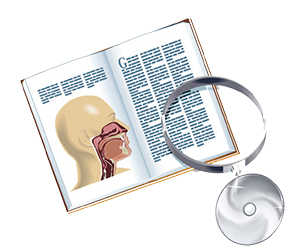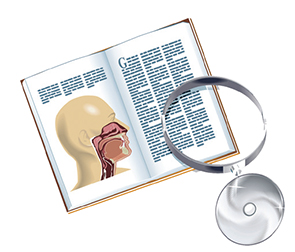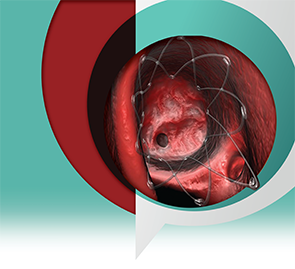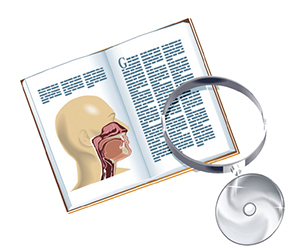Nasal endoscopy has a high specificity in identifying CRS and a high level of diagnostic accuracy when used in combination with symptom criteria


Nasal endoscopy has a high specificity in identifying CRS and a high level of diagnostic accuracy when used in combination with symptom criteria
Does continued medical therapy (CMT) benefit patients with medically refractory chronic rhinosinusitis (RCRS) prior to endoscopic sinus surgery (ESS)?

Patients with orbital SPA who have advanced ophthalmologic findings such as impaired visual acuity, or large abscesses, should be treated surgically, while less serious cases can be treated conservatively with IV antibiotics, nasal saline lavage, and topical decongestants

Device delivers steroids locally to ethmoid sinus cavity, reducing the need for systemic anti-inflammation medicine, and potentially, the need for post-operative intervention, such as surgical adhesion lysis, as well
A panel of experts at the Triological Society’s 2014 Combined Sections Meeting discuss their worst cases, and how they managed them.
Listen to experts at the Triological Society’s 2014 Combined Sections Meeting present research in rhinology.

Panel discussions and keynote speeches stress importance of education, mentorship for medical trainees, and physician role in healthcare costs at the Triological Society’s Combined Sections Meeting in Miami Beach, Fla. in January

Without a gold standard test to diagnose nasal valve compromise, history and physical exam are key measures for distinguishing among septal, turbinate, and sidewall causes.
How cost effective is the use of magnetic resonance imaging (MRI) for evaluating patients with idiopathic olfactory loss?

Patient outcomes are good regardless of whether postoperative stents are used, but repair without stents lessens intensity of postsurgical management and avoids potential for stent-related complications